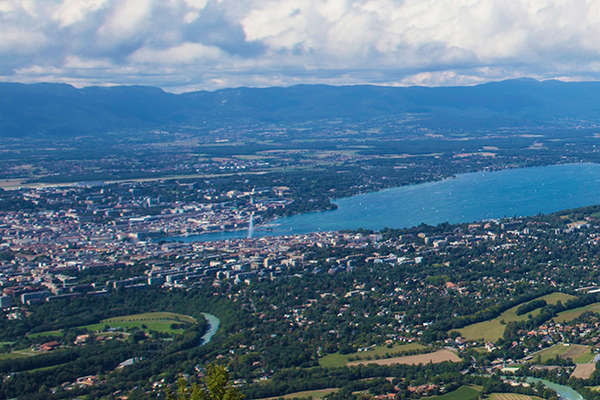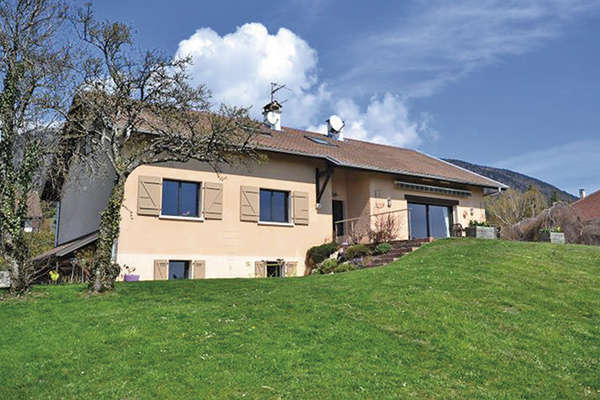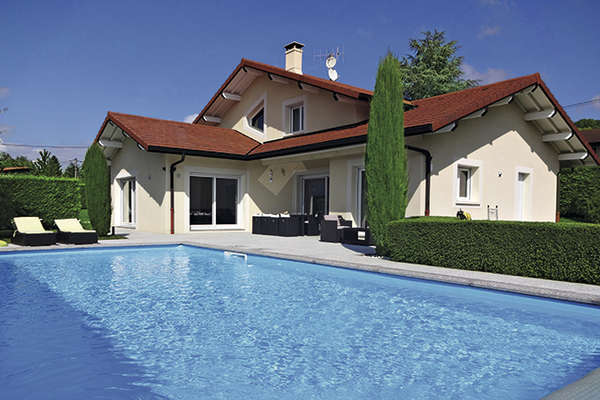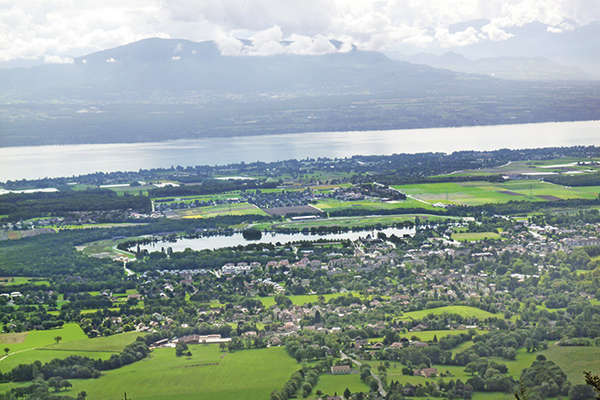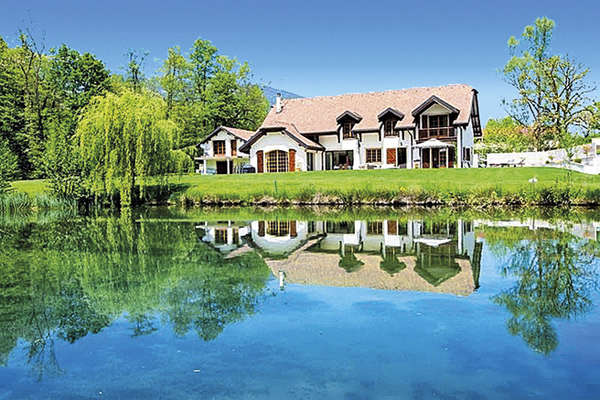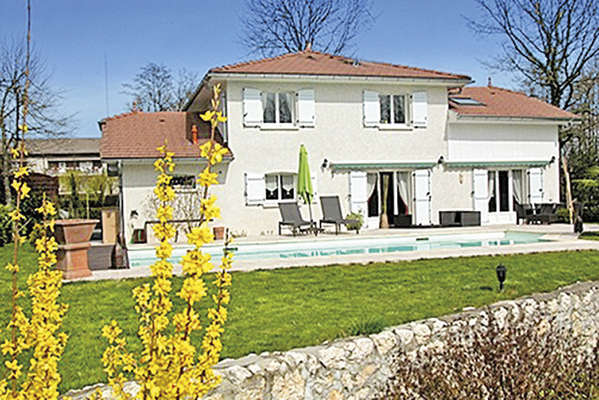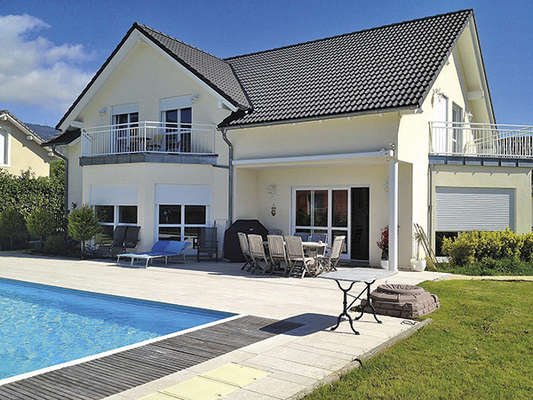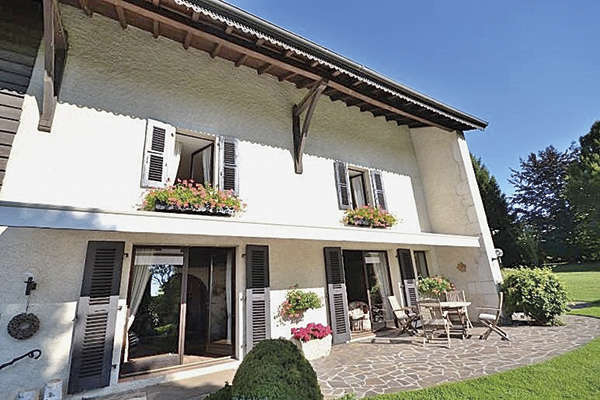Cavaillon, betting on the future
By Laetitia Rossi - 22 January 2010
The former episcopal see in the valley of the Durance has all the characteristics of a town undergoing change. 24 km from Avignon and 59 km from Aix-en-Provence, this commune with about 26,000 inhabitants now offers a healthier property market with more afforable prices compared to other towns in the Regional Nature Park of the Luberon.
Known as the capital of the melon, Cavaillon lies at the foot of the hill of Saint-Jacques, an area surveying the Luberon to the east and the Alpilles to the south-west. Served by the A7 motorway, it benefits from a train station in the town centre, as well as lots of shops, a “Marché d’Intérêt National”, a branch of the Chamber of Commerce and Industry, efficient healthcare services, good schools, quality sports and cultural facilities, including a national theatre, mediatheque and music school. Buildings dating back to medieval times hold a candle to the Roman ruins. Currently planning to open a 100-km cycling track linking it to Forcalquier, Cavaillon took a very important step back in 1837 by building the bridge over the Durance. Thanks to the abundant supply of water and the introduction of an efficient irrigation system, the soil is well-suited for market gardening and viticulture. Surrounded by lovely hill-top villages and hiking trails, the town is working hard to enhance its tourist facilities.
“Despite a rich architectural heritage, the situation remains strained : buyers continue to make audacious offers in the hope of getting a bargain ; sellers resist, convinced that the end of the tunnel is in sight,” say Patricia Deprez and Mario de Nitto of Antiqu’Immo Luberon. While locals pay an average 200,000 € for a terraced or town house with a small garden, Belgians and Parisians invest 450,000 to 800,000 € in a holiday home, intending to live there year-round when they retire. Thinking that the TGV will bring visitors, some buyers are currently showing interest in the guest-house idea. Those with lower budgets visit standard villas on the hill of Saint-Jacques costing 490,000 €, whereas a “mas” of 200 m2 with grounds of 2,000 m2, a pool and outbuilding will cost 530,000 €, and a property of 300 m2 in excellent condition with almost 4 acres of land will fetch 890,000 €. Budgets rarely exceed 1.5 million euros. In fact, Cavaillon is a fall-back solution for those who cannot afford the ever-popular Golden Triangle formed by Gordes, Bonnieux and Ménerbes.
“In an elevated position, Vidauque and Saint-Jacques are the most highly-prized neighbourhoods,” explain Aïchouche Sari and Mireille Trousse of Cheval-Blanc Immobilier. Fans of rural scenery can always head for the liveliness of the town just 4 km away. The Luberon rises up directly east of the localities of Cassouillet and Saint-Ferreol. Highly sought-after, this address, a departure-point for country walks, is about 10 % more expensive than its neighbour. Village houses, of which there is a severe shortage, range from 250,000 to 500,000 €, like recent homes in country settings, whereas a “mas” can attain 1.5 million euros. Our estate-agents mention the recent sale of two 18th- and 19th-century farm dwellings of 80 and 120 m2 awaiting refurbishment in grounds of 3,000 m2, for 400,000 €.
“Eligible for Scellier tax benefits, contrary to L’Isle-sur-la-Sorgue, Cavaillon is luring investors who share new developments with first-time buyers from the region, encouraged by attractive measures including 0 % mortgages,” says Olivier Robin of Les Parcs du Luberon. There is strong demand for quality rentals, and the gross yield reaches 5 % even without the prospect of tax advantages. In addition to a central stock of about 20 units, buyers are waiting for the third phase of Les Parcs du Luberon. 126 apartments have already been built, those with 2 bedrooms priced at around 160,000 €. The construction of 96 additional units should begin in 2012 for delivery two years later. Around the residence, only 800 metres from the heart of Cavaillon, urban planning is providing for a residence for seniors, 4,500 m2 of offices, a housing estate and an hotel. Slightly on the edge of the liveliest part of town, the site competes with the centre itself, which in turn suffers from a chronic parking problem. After a decline in values on the market for resales as well as new properties, activity has been picking up since early in September. Olivier Robin admits that he is optimistic : “Between plans for revitalization and construction of the second bridge, intended to relieve congestion at the entrance to the town, the future holds a lot of promise over the medium term - as witnessed by the interest shown by Lafarge in the industrial zone”.
